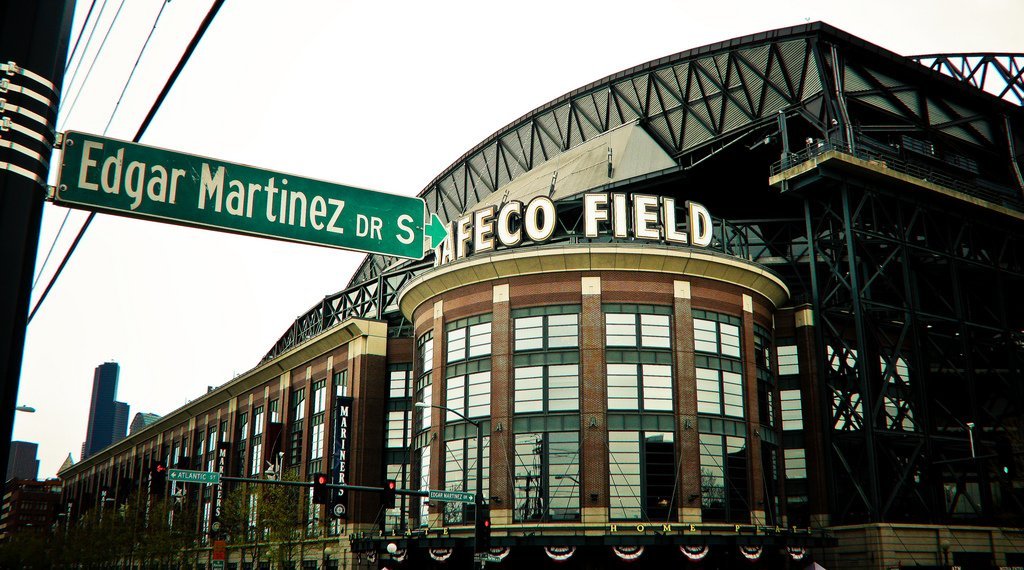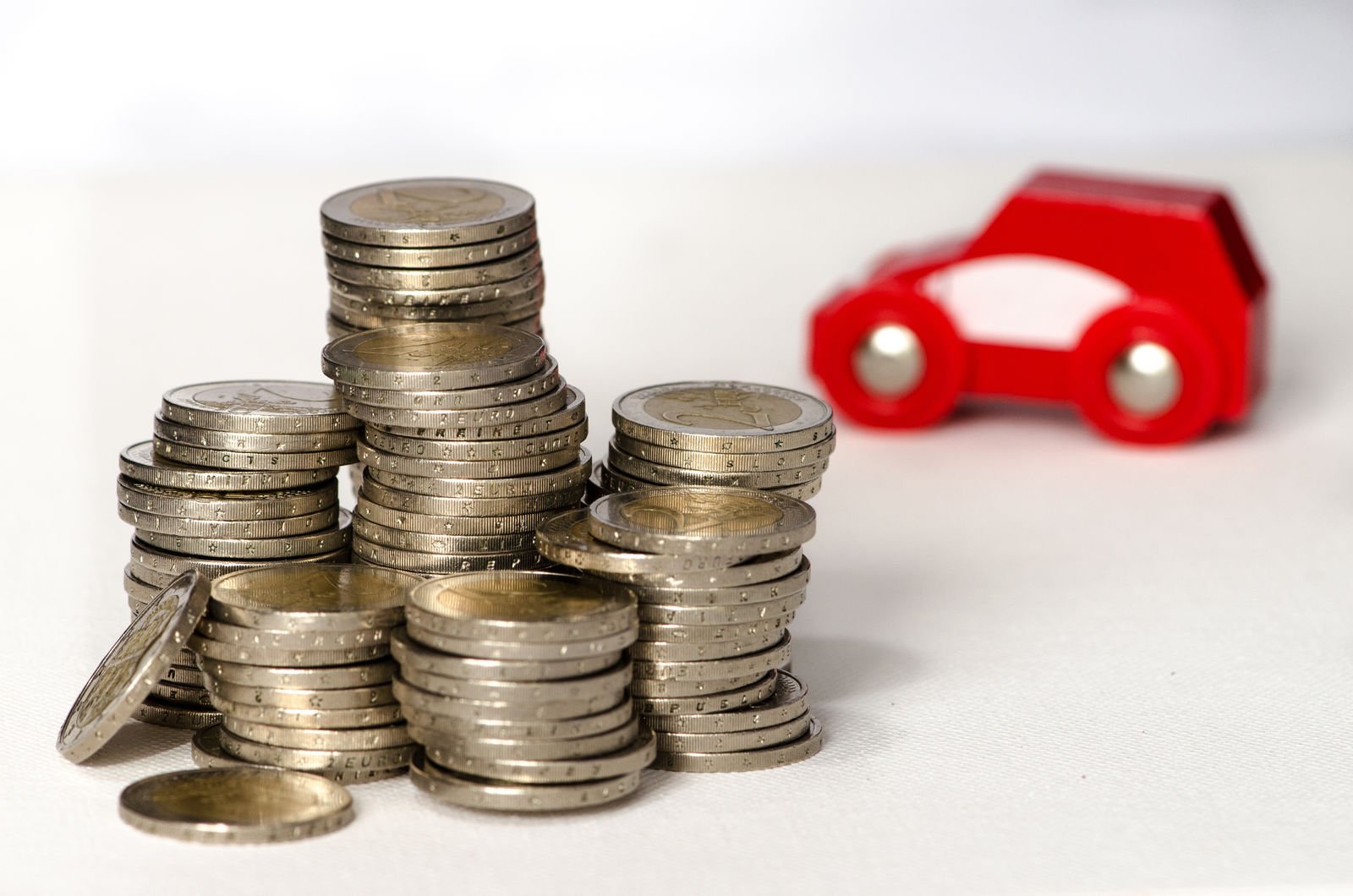Compare GAP Insurance: Rates, Discounts, & Requirements [2025]
Learn how GAP insurance can cover the difference between your car’s value and your auto loan when your vehicle is totaled or stolen.
Secured with SHA-256 Encryption





Table of Contents
Table of Contents


Insurance Claims Support & Sr. Adjuster
Kalyn grew up in an insurance family with a grandfather, aunt, and uncle leading successful careers as insurance agents. She soon found she has similar interests and followed in their footsteps. After spending about ten years working in the insurance industry as both an appraiser dispatcher and a senior property claims adjuster, she decided to combine her years of insurance experience with another...
Kalyn Johnson


Commercial Lines Coverage Specialist
Michael Vereecke is the president of Customers First Insurance Group. He has been a licensed insurance agent for over 13 years. He also carries a Commercial Lines Coverage Specialist (CLCS) Designation, providing him the expertise to spot holes in businesses’ coverage. Since 2009, he has worked with many insurance providers, giving him unique insight into the insurance market, differences in ...
Michael Vereecke
Updated January 2024
- GAP insurance covers the difference between the amount a driver owes on their auto loan and the actual value of their vehicle
- You might benefit from GAP coverage if you lease a car or your auto loan balance is more than the depreciated value of your vehicle
- Although insurance rates vary, drivers pay an average of $TK per month for GAP coverage
Beyond purchasing standard collision and comprehensive insurance for your new vehicle, are there other types of insurance that can protect you financially in the event of an accident? In some situations, particularly when you’ve financed a new vehicle. (For more information, read our “Compare Best Car Insurance Companies for Financed Cars“).
Read on to learn more about GAP insurance — what it is, what it covers, which drivers can benefit from this type of coverage, and alternatives that might be available to you.
What is GAP insurance?
GAP insurance coverage is an optional form of car insurance that covers the difference between the amount of money you still owe on a financed vehicle and the actual cash value (ACV) of the vehicle after depreciation.
If your car is stolen or totaled in an accident, GAP insurance will pay off the remainder of your auto loan – even if it exceeds the actual value of your car. You only need to buy GAP coverage if you lease a car or finance a new vehicle.
Free Insurance Comparison
Compare Quotes From Top Companies and Save
Secured with SHA-256 Encryption
Who needs GAP insurance?
Are you considering purchasing a new vehicle? You might be wondering — “Do I need GAP insurance?” The answer to that question depends on your financial situation. Drivers financing a new car can benefit from GAP coverage if the balance on their loan is higher than the vehicle’s actual value after a total loss.
GAP insurance will cover the difference when your vehicle is stolen or totaled in an accident, and you still owe more on the loan.
Who doesn’t need GAP insurance?
GAP insurance is designed to bridge the gap between a driver’s auto loan balance and the ACV of their vehicle after depreciation. If you’re planning to pay cash to purchase a new vehicle, you won’t need to buy GAP insurance since you won’t have an auto loan to pay off over time as your vehicle’s value depreciates.
Is GAP insurance available for leased vehicles?
Because the value of new vehicles depreciates quickly, buying GAP coverage for a leased car, truck, or SUV can be worthwhile. Sometimes your lease will require you to carry this kind of insurance.
Lessees can especially benefit from GAP insurance when they’re involved in a car accident or their vehicle is stolen, particularly if they didn’t put much money down or still have a decent-sized balance remaining on their lease payment.
When to Cancel GAP Coverage
It’s important to remember that your vehicle won’t need to be covered by GAP insurance forever. For example, you can typically cancel GAP coverage once you pay off the loan or after the balance reaches a point where your collision and comprehensive car insurance will cover the vehicle’s ACV if it is totaled in an accident.
How does GAP insurance work?
GAP insurance covers what’s still owed on a financed vehicle if it’s declared a total loss by the insurance company. It helps shield vehicle owners from significant financial losses due to the depreciation of their vehicle’s value.
Without GAP coverage, vehicle owners can find themselves on the hook for the remaining balance of their car loan, even if their vehicle is stolen or totaled.
Because GAP insurance is optional, insurers require that you carry comprehensive and collision insurance on your vehicle to qualify for additional GAP coverage.
What does GAP insurance cover?
GAP insurance only covers the remaining amount owed on a vehicle after a total loss, such as a serious accident or unrecoverable theft.
For example, imagine that you finance a car for $40,000. Two years later, the car is totaled in an accident. Because you’ve only been making car payments for two years, you still owe $35,000 on the vehicle, even though the car is now worth only $30,000.
Without GAP coverage, your insurance company would only pay out the car’s current value — leaving you on the hook to your lender for the remaining $5,000, even if the car is unusable. However, if you carry GAP insurance, your insurance company will pay the full amount you still owe, regardless of your vehicle’s depreciated value.
Read more: How does GAP insurance work after totaling a car?
What doesn’t GAP insurance cover?
Although GAP insurance can come in handy if your vehicle is stolen or totaled in an accident, it isn’t a replacement for other types of insurance coverage, like comprehensive or collision.
GAP insurance won’t pay in the following scenarios.
- Balances carried over from previous car loans or leases
- Extended warranties
- A down payment for a replacement vehicle after an accident or theft
- Lease penalties for excessive use
- Damages to your vehicle caused by an accident
- A rental vehicle
- Damage to another person’s property caused
You can shop for other types of car insurance coverage to pay for things like this. Explore your options and see if GAP insurance is right for you.
Read more: Can you get car insurance if you still owe another company?
GAP Insurance vs. Full Coverage
When insurance companies refer to “full coverage,” they usually mean a combination of comprehensive and collision coverage. However, GAP insurance and full coverage — that is, collision and comprehensive insurance — differ in important ways.
While collision insurance covers damages from accidents with other vehicles, comprehensive insurance covers other circumstances like theft, vandalism, fallen trees, natural disasters, and other occurrences that can damage or destroy a vehicle.
On the other hand, GAP insurance is an additional, optional type of insurance that only covers the difference between what is owed on a vehicle and the vehicle’s actual cash value in the event of a total loss.
It’s important to note that car insurance companies will require drivers to carry a full coverage policy with comprehensive and collision insurance to qualify for additional GAP coverage.
How much does GAP insurance cost?
The cost of GAP insurance varies by company. You can find the best GAP insurance rates by shopping around and comparing insurance options in your area.
Free Insurance Comparison
Compare Quotes From Top Companies and Save
Secured with SHA-256 Encryption
How to Buy GAP Insurance
Although auto dealers usually sell GAP coverage to drivers who are financing a new vehicle, it’s important to remember that other more affordable options are available, including your current provider.
Dealer or Lender Options
When financing a new vehicle, auto dealers will typically offer GAP coverage as part of the sales process. They may be legally required to offer it, depending on the state you live in.
This type of GAP coverage policy is usually included in the sale contract. Typically, dealer-provided GAP coverage is sold for a flat rate that is rolled into your monthly car loan payment.
However, the rates for GAP coverage offered by dealers or lenders can sometimes exceed what you might have paid through a major auto insurance company. Because of that, it’s smart to research GAP coverage options before financing a new vehicle.
If you purchased GAP coverage from your dealer and would prefer to buy it from your insurer, contact your lender to see if it can be removed from your contract. If you choose to switch your coverage to your insurer, make sure you continue to carry GAP insurance during the transition to ensure your vehicle is properly protected throughout the entire process.
GAP insurance might be included in your contract for drivers that lease their vehicles. First, check your lease agreement to make sure you understand whether or not it includes GAP coverage. If not, speak with your dealer or contact your insurer to learn more about the GAP insurance options available to you.
Best GAP Insurance Companies
Most major car insurance companies offer GAP coverage. However, it’s a good idea to contact your current insurance provider to see if it’s available.
If you find that your current insurer doesn’t offer GAP insurance, some of the best insurance companies that offer GAP coverage include:
- Progressive
- Allstate
- Farmers
- Nationwide
- American Family
- Auto-Owners
- USAA
- Travelers
- Erie
You’ll notice Geico isn’t on the list, but there is a good variety of top companies to choose from when you’re looking for GAP insurance.
Standalone GAP Insurance
Some standalone companies, like Gap Direct, offer GAP coverage through a one-time purchase process, usually online.
Alternatives to GAP Insurance
If you decide GAP insurance isn’t the right choice, some alternatives could better suit your situation. For some drivers, buying a car insurance policy that includes replacement value coverage can be a smart way to protect your vehicle.
New Car Replacement Coverage
Rather than providing the depreciated value of your car if it’s declared a total loss, insurance policies that include new car replacement options cover the cost of a brand new vehicle of the same make and model, minus your deductible. This kind of coverage can be a suitable alternative to GAP coverage.
Better Car Replacement Coverage
Similar to new car replacement, some insurance companies offer “better car replacement coverage.” This coverage offers reimbursement for a newer, better version of your totaled vehicle.
Sometimes this coverage is based on mileage limits, so it’s best to check with your insurer to ensure your vehicle is eligible.
GAP Insurance and Vehicle Depreciation
When financing a new vehicle, it’s important to remember that the value of most new vehicles depreciates quickly. Because of that, buyers should consider depreciation when shopping for a new car.
For example, by purchasing a car, truck, or SUV with a lower depreciation value, drivers can reduce the long-term financial risks associated with buying a new vehicle if it’s ever stolen or totaled.
Free Insurance Comparison
Compare Quotes From Top Companies and Save
Secured with SHA-256 Encryption
GAP Insurance and Vehicle Depreciation
When financing a new vehicle, it’s important to remember that the value of most new vehicles depreciates quickly. Because of that, buyers should consider depreciation when shopping for a new car.
For example, by purchasing a car, truck, or SUV with a lower depreciation value, drivers can reduce the long-term financial risks associated with buying a new vehicle if it’s ever stolen or totaled.
Many vehicles considered luxury and sports cars by most insurance companies, which will raise your insurance rates. Shop around with multiple companies to ensure you aren’t overpaying for GAP insurance.
Vehicles with low depreciation and cars that appreciate in value, like classic and collector automobiles, might require a different kind of insurance. Learn more about classic car insurance and find out if you need GAP insurance or another type of coverage.
How do car insurance companies decide if a vehicle is totaled?
Although GAP insurance takes effect when an insurer declares a vehicle a “total loss,” the definition of a totaled vehicle can vary between states due to differences in local laws.
While some states define total losses based on National Automobile Dealers Association (NADA) guides, other states require insurance companies to rely on a “total loss formula” (TLF). In those situations, insurance companies can declare a total loss if the repair expenses and the vehicle’s salvage value exceed the car’s ACV.
Vehicle Total Loss Thresholds by State
States Total Loss Threshold
Alabama 75%
Alaska TLF
Arizona TLF
Arkansas 70%
California TLF
Colorado 100%
Connecticut TLF
Delaware TLF
District of Columbia 75%
Florida 80%
Georgia TLF
Hawaii TLF
Idaho TLF
Illinois TLF
Indiana 70%
Iowa 50%
Kansas 75%
Kentucky 75%
Louisiana 75%
Maine TLF
Maryland 75%
Massachusetts TLF
Michigan 75%
Minnesota 80%
Mississippi TLF
Missouri 80%
Montana TLF
Nebraska 75%
Nevada 65%
New Hampshire 75%
New Jersey TLF
New Mexico TLF
New York 75%
North Carolina 75%
North Dakota 75%
Ohio TLF
Oklahoma 60%
Oregon 80%
Pennsylvania TLF
Rhode Island TLF
South Carolina 75%
South Dakota TLF
Tennessee 75%
Texas 100%
Utah TLF
Vermont TLF
Virginia 75%
Washington TLF
West Virginia 75%
Wisconsin 70%
Wyoming 70%
Because the requirements for declaring a total loss on a vehicle differ widely between locations, it’s best to check with your insurer to determine your state’s total loss vehicle definition.
The Bottom Line on GAP Insurance
Without GAP insurance, drivers can end up stuck paying for an unusable vehicle when their car is stolen or totaled in an accident. By adding GAP insurance to your car insurance policy, your insurance company will cover the difference. You can avoid making payments on a loan worth more than your totaled vehicle.
Because of the financial benefits and peace of mind that GAP insurance can offer, it’s worth considering adding optional GAP coverage to your car insurance policy. For drivers leasing or shopping for a new vehicle, it can offer important protections in the event of a total loss.
Frequently Asked Questions
What doesn’t GAP insurance cover?
GAP insurance doesn’t cover deductibles, mechanical repairs, or other types of insurance coverage like comprehensive or collision.
Is GAP insurance worth the extra cost?
GAP insurance can be well worth the additional cost for drivers who still owe a significant amount of money on a financed vehicle. It’s not necessary if you owe less for your vehicle than its actual value. However, most lessors require GAP insurance until you pay off the loan in full.
Can I buy GAP insurance at any time?
Not necessarily. Although eligibility requirements vary by insurer, vehicles over three years old usually aren’t eligible for GAP coverage.
How to buy GAP insurance?
You can buy GAP insurance from auto dealers or lenders, but it’s often more affordable through major auto insurance companies. Standalone companies also offer GAP coverage.
Are there alternatives to GAP insurance?
If GAP insurance isn’t right for you, alternatives include new car replacement coverage and better car replacement coverage.
Get a FREE Quote in Minutes
Insurance rates change constantly — we help you stay ahead by making it easy to compare top options and save.




